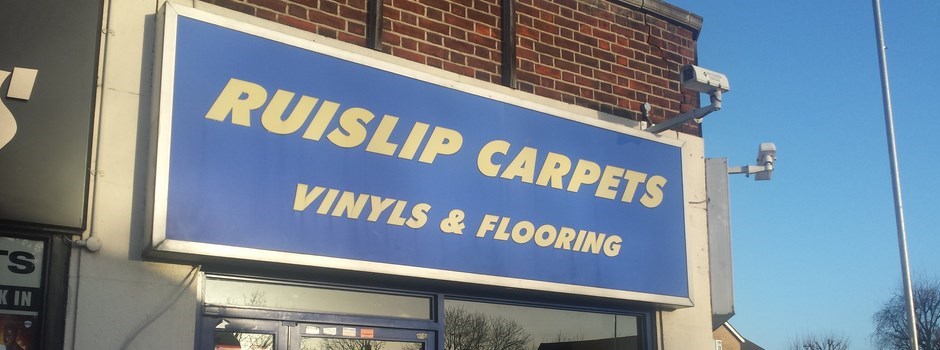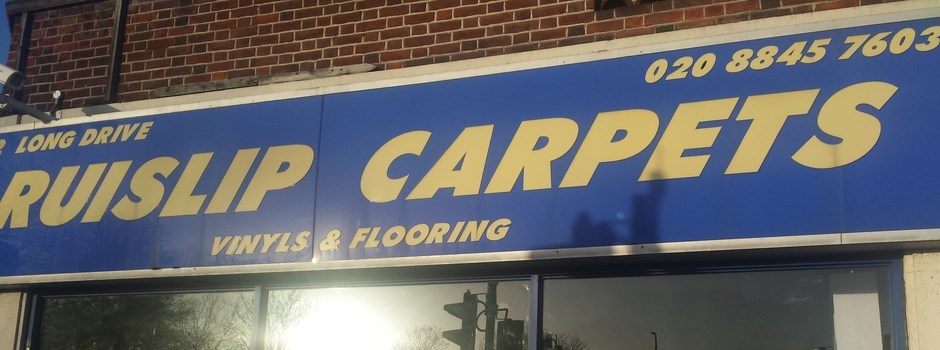RUISLIP CARPETS | Your South Ruislip Carpet Shop
Ruislip Carpets
.

high street carpets ruislip, tapi carpets, carpet right, manor carpets, tapi carpets ruislip, flooring ruislip, spacers ruislip, vinyl flooring, Ruislip Carpets, Carpets in Ruislip, Busby's Carpets Ruislip, Carpetright Ruislip
.

high street carpets ruislip, tapi carpets, carpet right, manor carpets, tapi carpets ruislip, flooring ruislip, spacers ruislip, vinyl flooring, Ruislip Carpets, Carpets in Ruislip, Busby's Carpets Ruislip, Carpetright Ruislip
.

high street carpets ruislip, tapi carpets, carpet right, manor carpets, tapi carpets ruislip, flooring ruislip, spacers ruislip, vinyl flooring, Ruislip Carpets, Carpets in Ruislip, Busby's Carpets Ruislip, Carpetright Ruislip
.

high street carpets ruislip, tapi carpets, carpet right, manor carpets, tapi carpets ruislip, flooring ruislip, spacers ruislip, vinyl flooring, Ruislip Carpets, Carpets in Ruislip, Busby's Carpets Ruislip, Carpetright Ruislip
.

high street carpets ruislip, tapi carpets, carpet right, manor carpets, tapi carpets ruislip, flooring ruislip, spacers ruislip, vinyl flooring, Ruislip Carpets, Carpets in Ruislip, Busby's Carpets Ruislip, Carpetright Ruislip
.

high street carpets ruislip, tapi carpets, carpet right, manor carpets, tapi carpets ruislip, flooring ruislip, spacers ruislip, vinyl flooring, Ruislip Carpets, Carpets in Ruislip, Busby's Carpets Ruislip, Carpetright Ruislip
.

high street carpets ruislip, tapi carpets, carpet right, manor carpets, tapi carpets ruislip, flooring ruislip, spacers ruislip, vinyl flooring, Ruislip Carpets, Carpets in Ruislip, Busby's Carpets Ruislip, Carpetright Ruislip
Ruislip Carpets
Vinyl Flooring In Ruislip
The term ‘flooring’ refers to the lower enclosing surface of spaces within buildings. This may be part of the floor structure, such as the upper surface of a concrete slab or floor boards, but typically it is a permanent covering laid over the floor. ‘Flooring’ can also be used to describe the process of laying flooring material.
There is a wide range of flooring materials available:
Timber
Timber flooring270.jpg
Given that each piece is different, the unique aesthetic of timber is one of the main appeals for its use as flooring. It can also be very durable although it may scratch and is prone to movement. As timber is hygroscopic (sponge-like), it can unsuitable for use in rooms that may be exposed to humidity or moisture, although treatment of the timber can make it resistant to moisture.
There are several options for finishing timber, such as wax, oil or lacquer. The two main types of timber flooring are:
Solid: Each board is made from a single piece of wood, typically 18-20mm thick, usually fitted using tongue-and-groove.
Engineered: Each board consists of three or four layers of laminated timber, held together at right angles by glue to create a plank typically of around 14mm thickness.
Laminate
Laminate270.jpg
Laminate flooring is a compressed fibreboard plank covered with an image of a material such as timber, stone, tiles and so on that is then given a protective coating. Laminates can be suitable for rooms that wish to benefit from the aesthetics of a ‘natural’ floor but at a lower cost, with easier installation, and without the risk of being damaged by scratching. Good quality laminates are durable and may have a 20-year warranty. They require minimal maintenance and may be installed with under-floor heating.
Vinyl
Vinylfloor270.jpg
Vinyl flooring can be supplied in rolls or tiles and is generally fixed by gluing. It can be manufactured in a very wide range of colours and profiles (for example studded) and as with laminate flooring can simulate the appearance of other materials.
The advantages of using vinyl flooring include:
It is durable.
It is easy to maintain and keep clean.
It is capable of getting wet without buckling, making it suitable for use in bathrooms, kitchens, and so on.
It is easy to install.
It can be relatively inexpensive.
Bamboo
Rather than being wood, this is grass that has been compressed into a floor material, and is nailed down or glued together. It has the advantage of being a renewable resource and water resistant. Due to its insufficient hardness compared with wood, it is more prone to being dented and scratched.
Cork
Cork is a water-resistant, renewable material that is suitable for a range of spaces, including basement and bathroom installations. Cork can be clicked together in the same way as laminates or can be glued. Cork floors are warm and flexible although they can be damaged easily by sharp objects.
Tile (porcelain or ceramic)
There are many options in terms of colour, texture, shape and finishes of tiles. Because of their hardness they are difficult to scratch or dent, and are also suited to wet environments. However, they are difficult to install and can break if there is a lack of support beneath the tiles.
Tile (natural stone)
These are generally more expensive than porcelain or ceramic options, but can be more aesthetically pleasing. They need to be properly sealed when installed, a process that will need repeating occasionally to keep the tiles protected.
Carpet
Carpet is made of an upper layer of pile attached to a backing. The pile is usually wool or fibers such as nylon, polyester or polypropylene that are heat-treated after having been twisted together into tufts or woven. There are many varieties of texture, style and colour available and generally carpet is both durable and easy to maintain. Carpet also has insulating properties in terms of both heat and sound. However, carpets can stain quite easily and can be damaged by water and damp.
For more information, see Types of carpet
Domestic flooring
It is most common for domestic flooring to be installed on a room-by-room basis rather than using one material throughout. Different rooms have different requirements from their floorings.
Bedroom: The most popular choice is carpet, although wood, laminate, or vinyl are suitable.
Kitchen: Vinyl is a popular choice as it isn’t affected by water, is easily cleaned and has durability. Tiles and laminate flooring are also options.
Lounge/dining room: The flooring decision is likely to be down to aesthetic preferences, as all floor types are suitable.
Landings/stairs: The majority of upstairs areas are carpeted as occupants will most likely be walking around without shoes and harder flooring can be noisy.
Bathroom/wet areas: Untreated timber is unsuitable for these rooms, and carpets can become wet and unhygienic. Vinyl and tiles are ideal as they are unaffected by water and require minimum maintenance. Good quality vinyl with an R10 rating is slip resistant and therefore ideal for wet rooms.
Commercial flooring
The most common types of flooring used in commercial buildings are:
Vinyl
Easy to maintain, and unlike tile floors, there is no grouting involved. This means that it is good in terms of maintaining hygiene levels, making it a popular choice for hospitals, care homes, and so on. Due to vinyl’s hard wearing quality, it can withstand large amounts of foot traffic, making it suitable for a wide range of commercial environments.
Safety flooring
This is a form of flexible, heavy duty, high grade vinyl or rubber flooring with slip resistant grains included. Essential for many industries to create a safe working environment. This flooring is easy to maintain and keep clean. As the most common cause of workplace injuries are slips, trips and falls, this flooring’s slip resistant quality makes it suitable for many workplace environments.
Commercial carpets and carpet tiling
These are popular for many businesses due to the aesthetic quality that can be achieved. Carpet tiles are common in offices because instead of laying down a large role of carpet, the individual tiles can be laid down and removed as required, giving flexibility, access to raised floors and saving on wastage.



